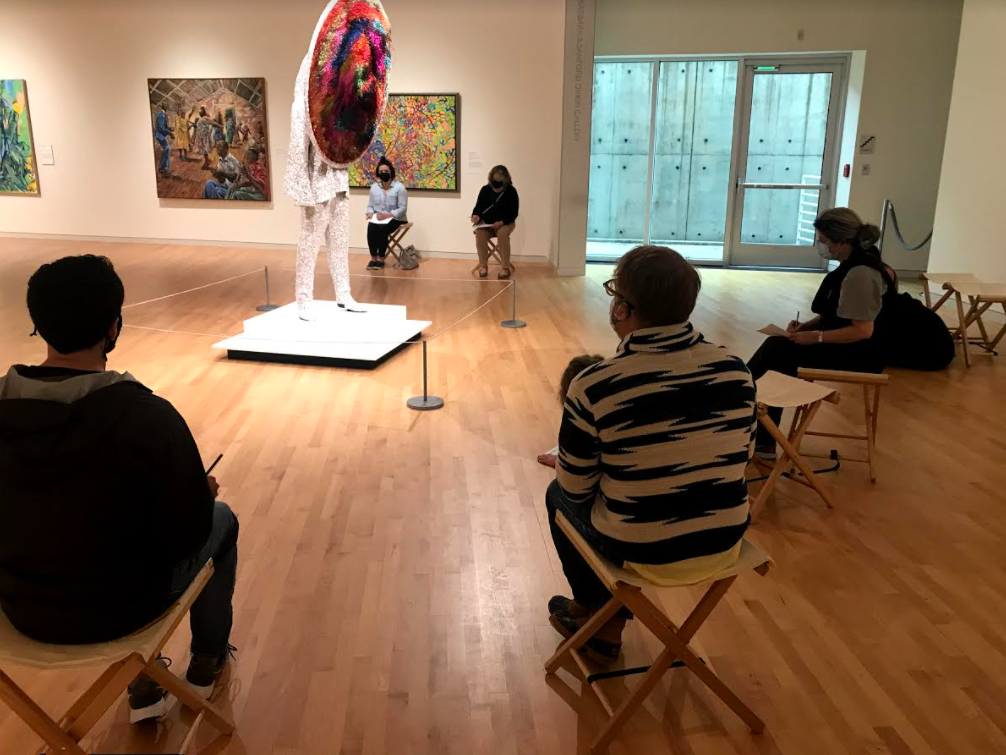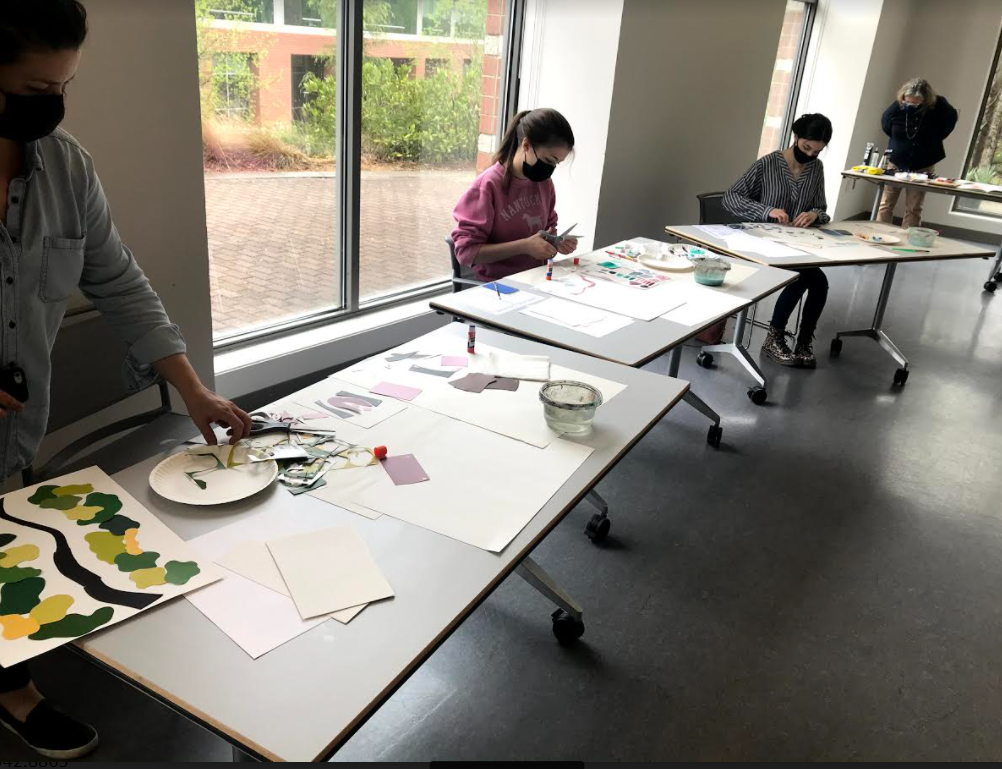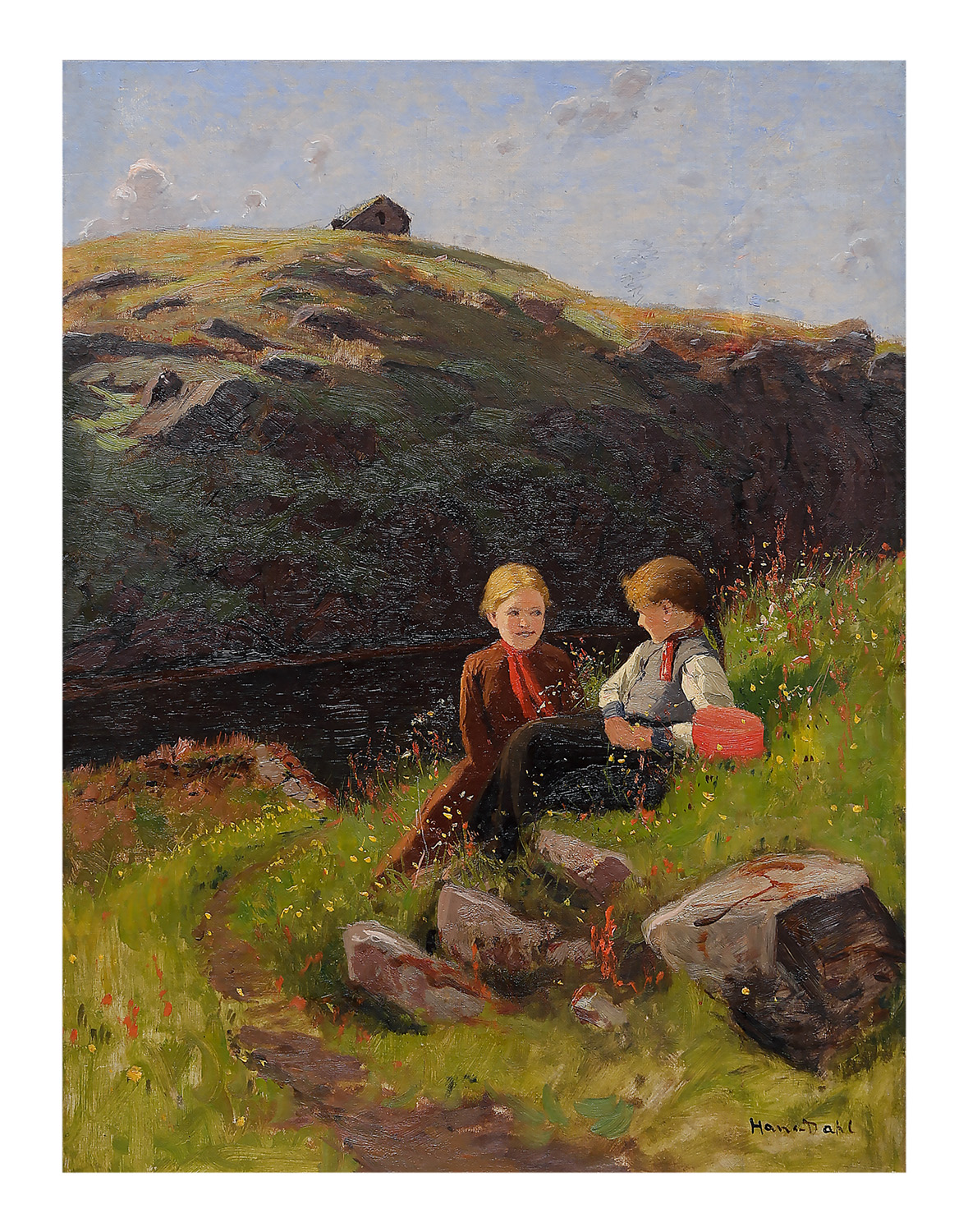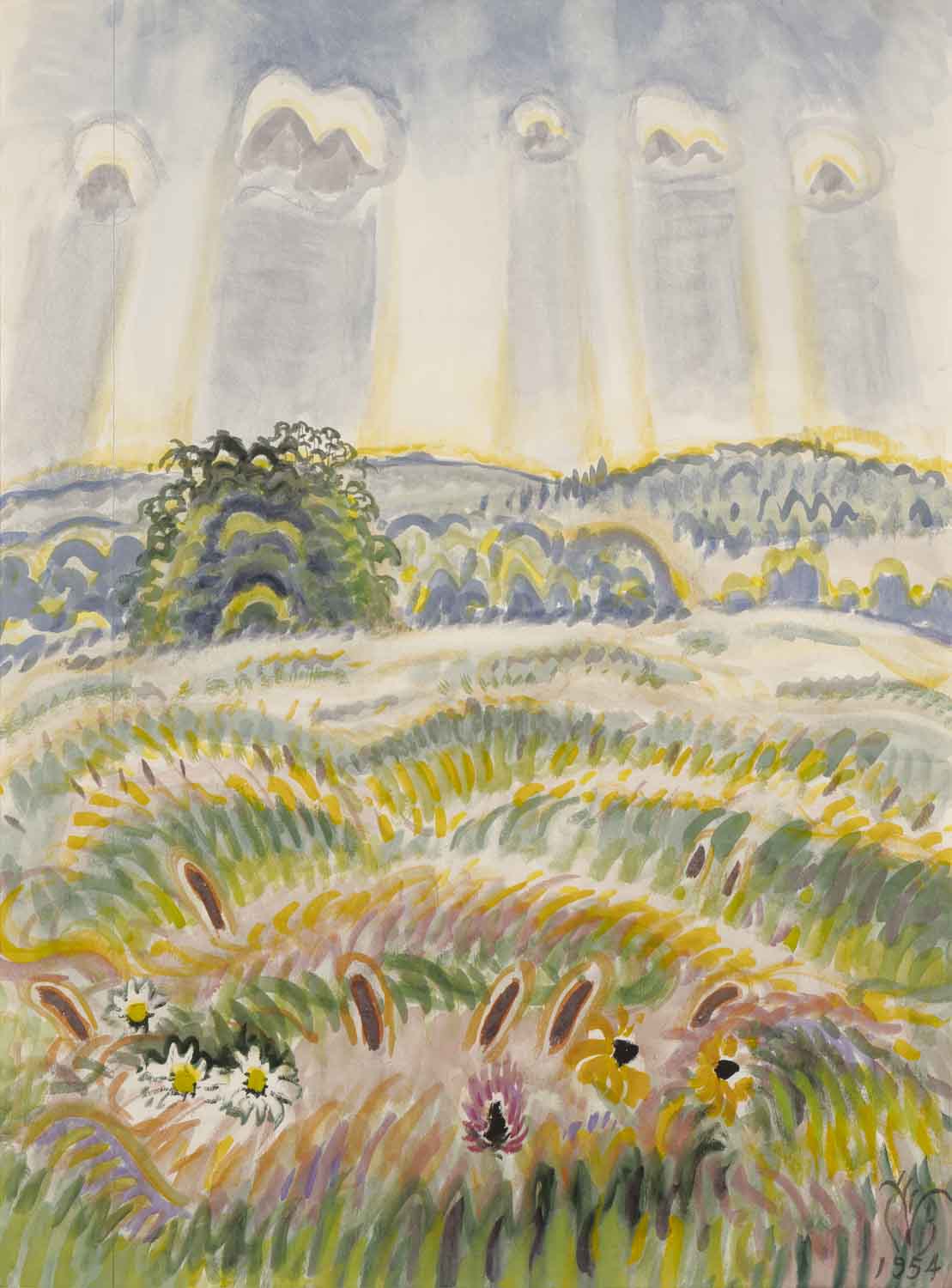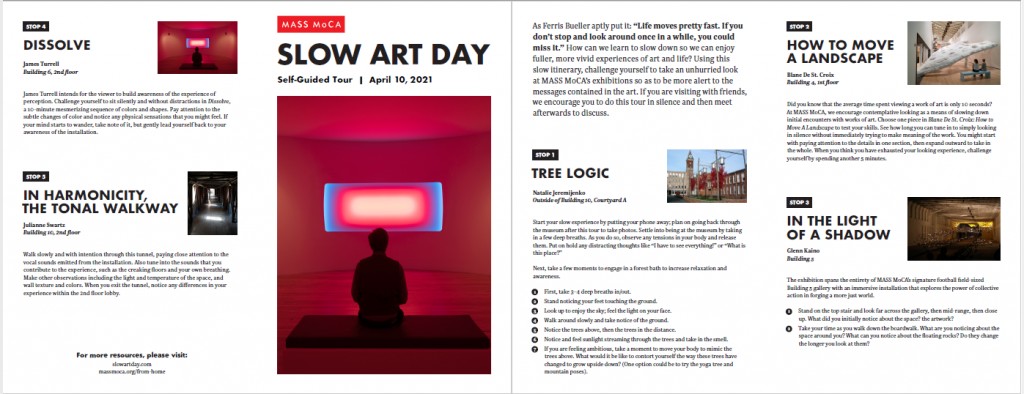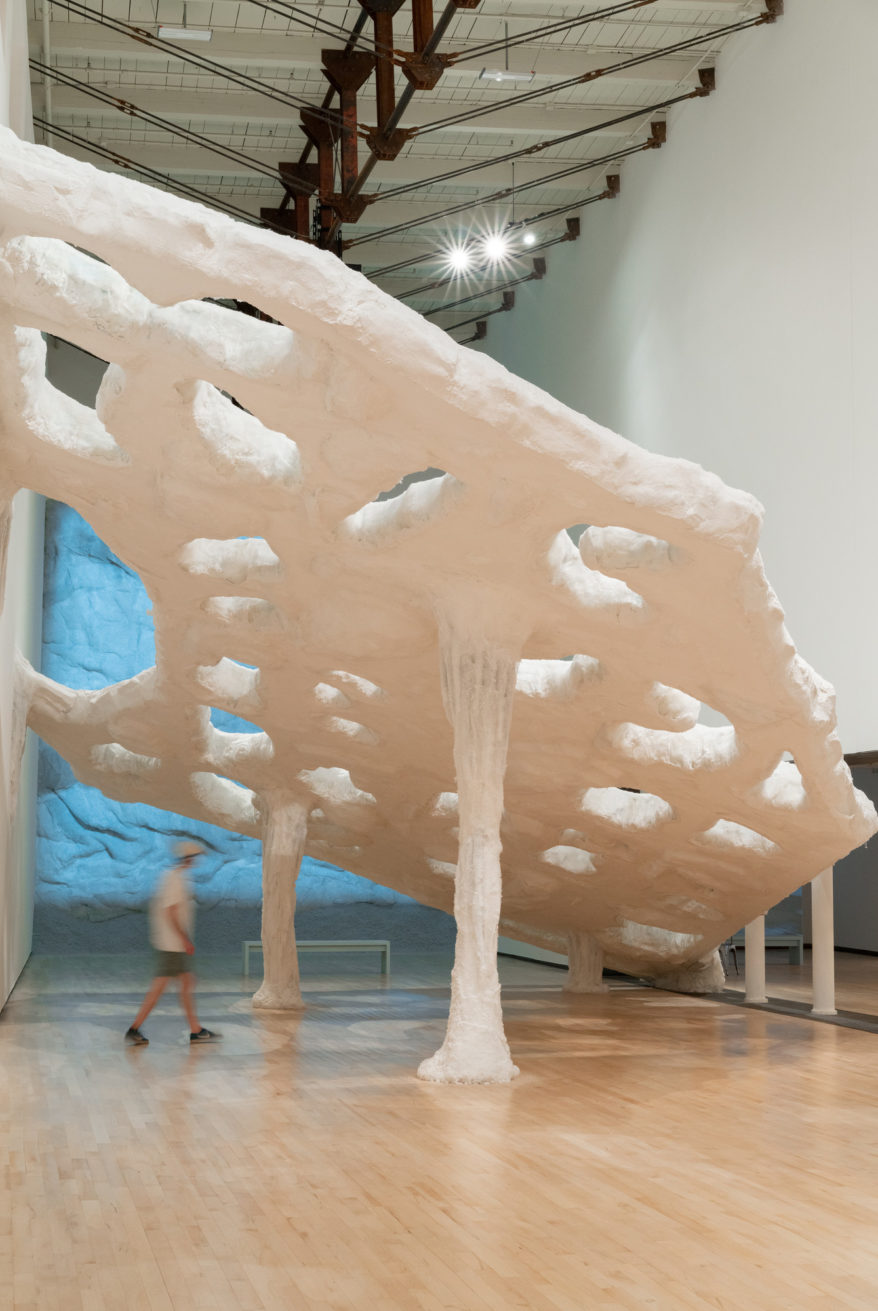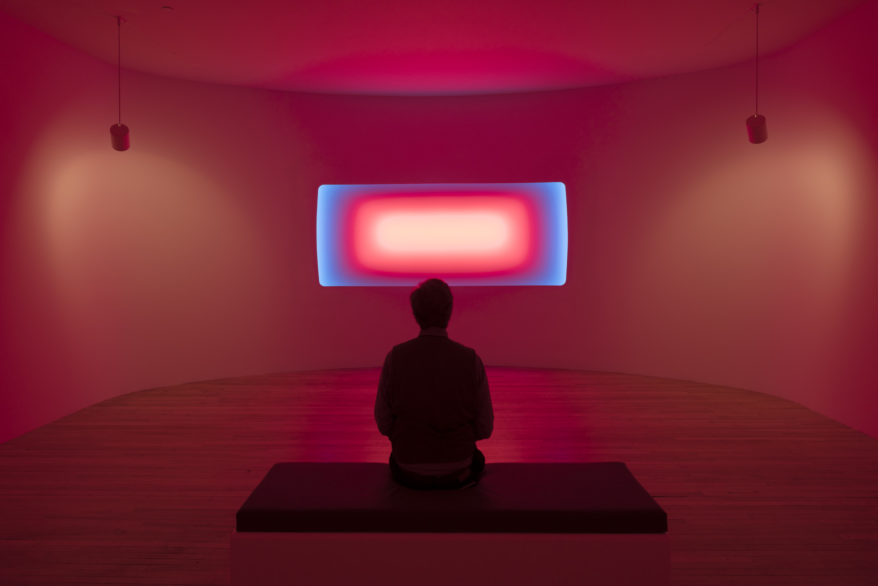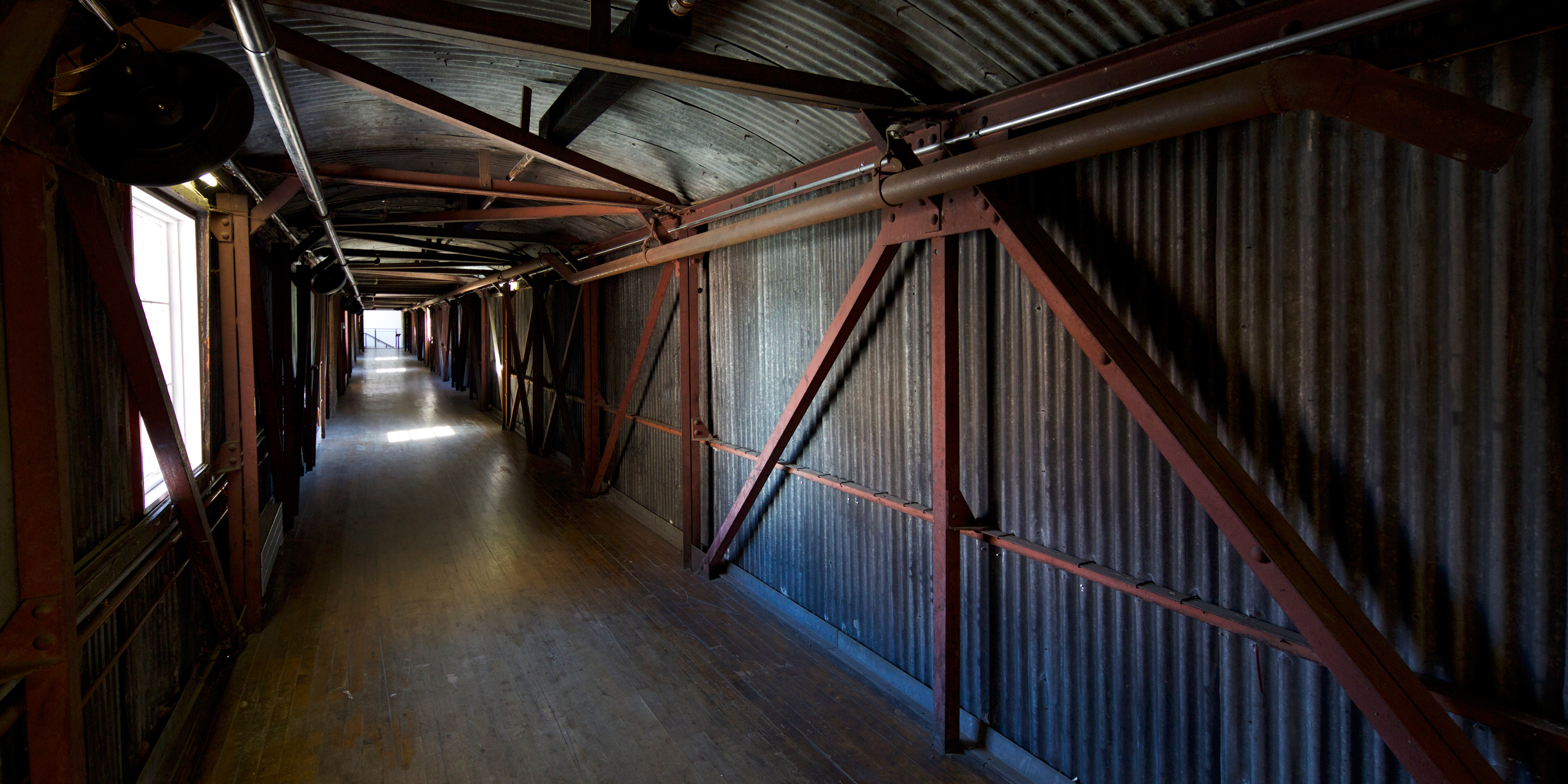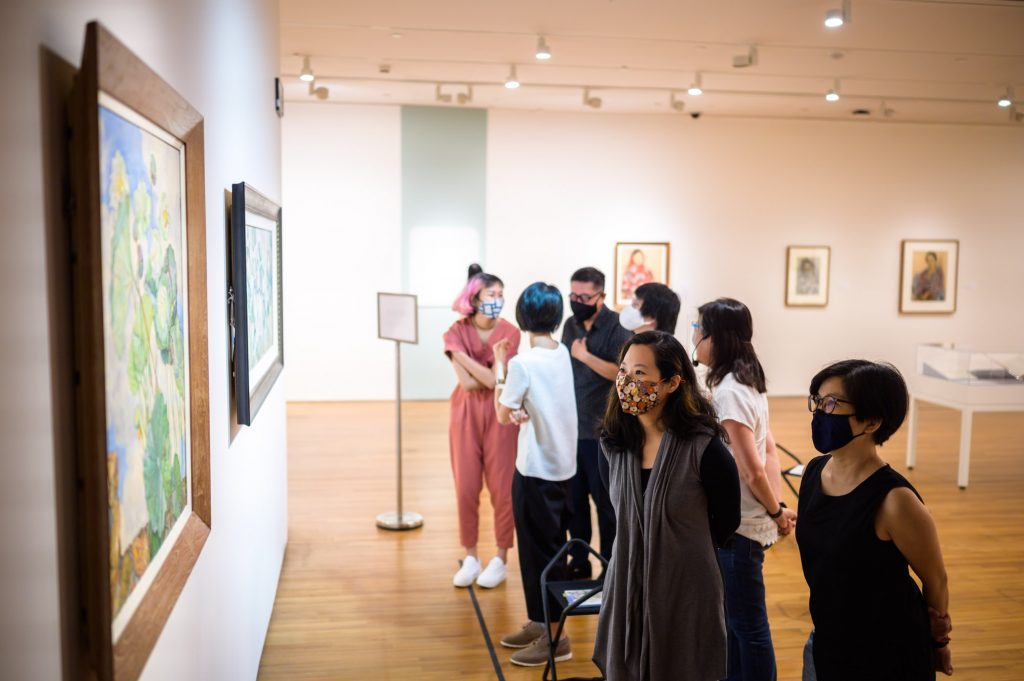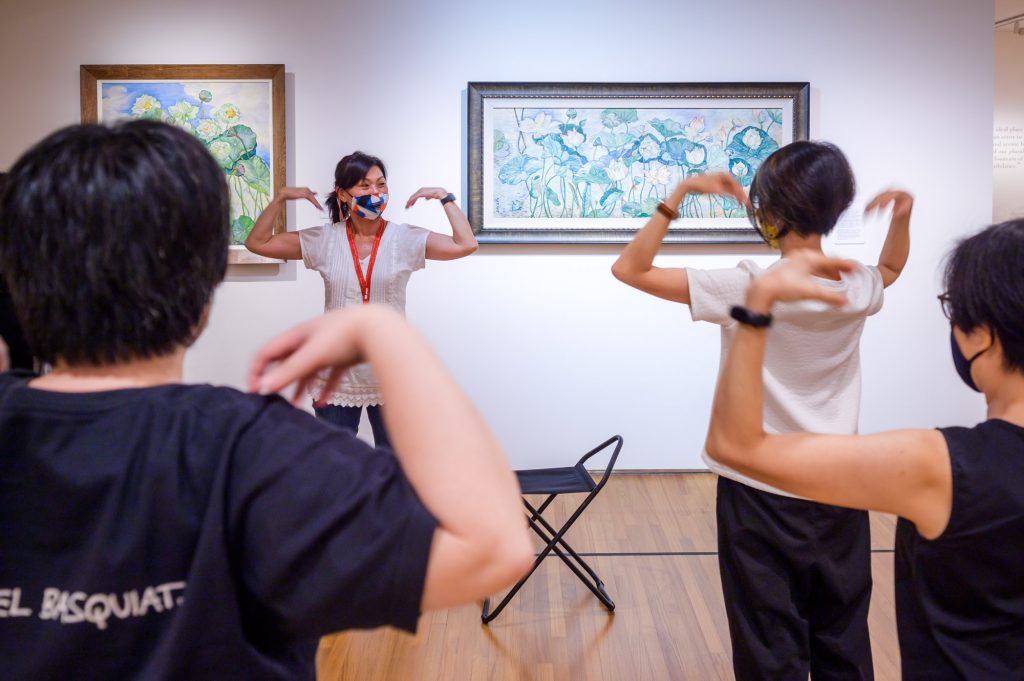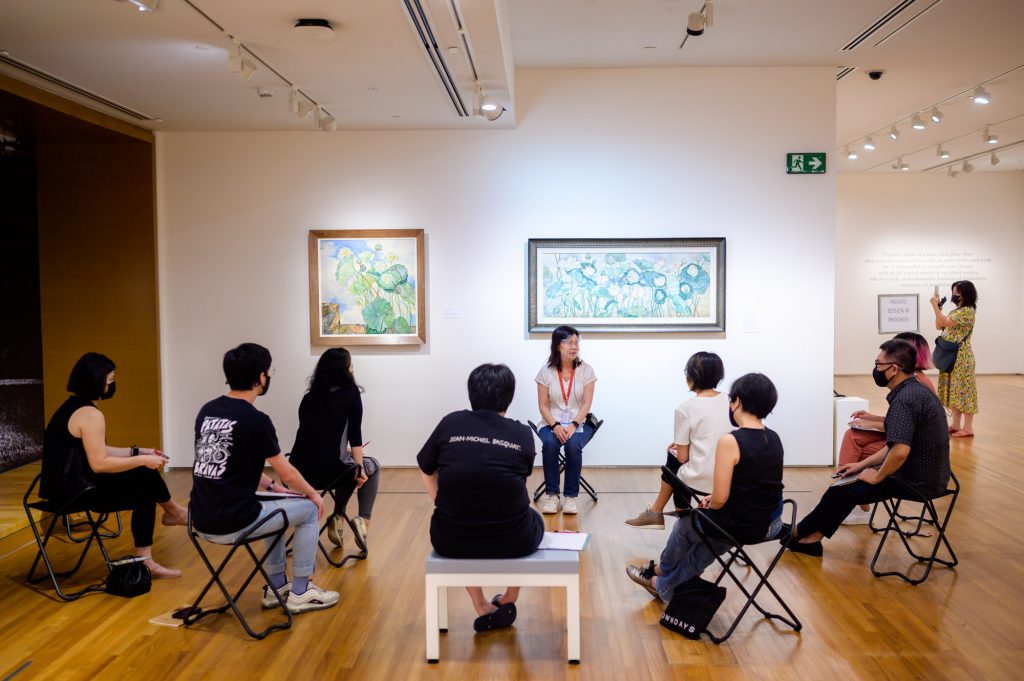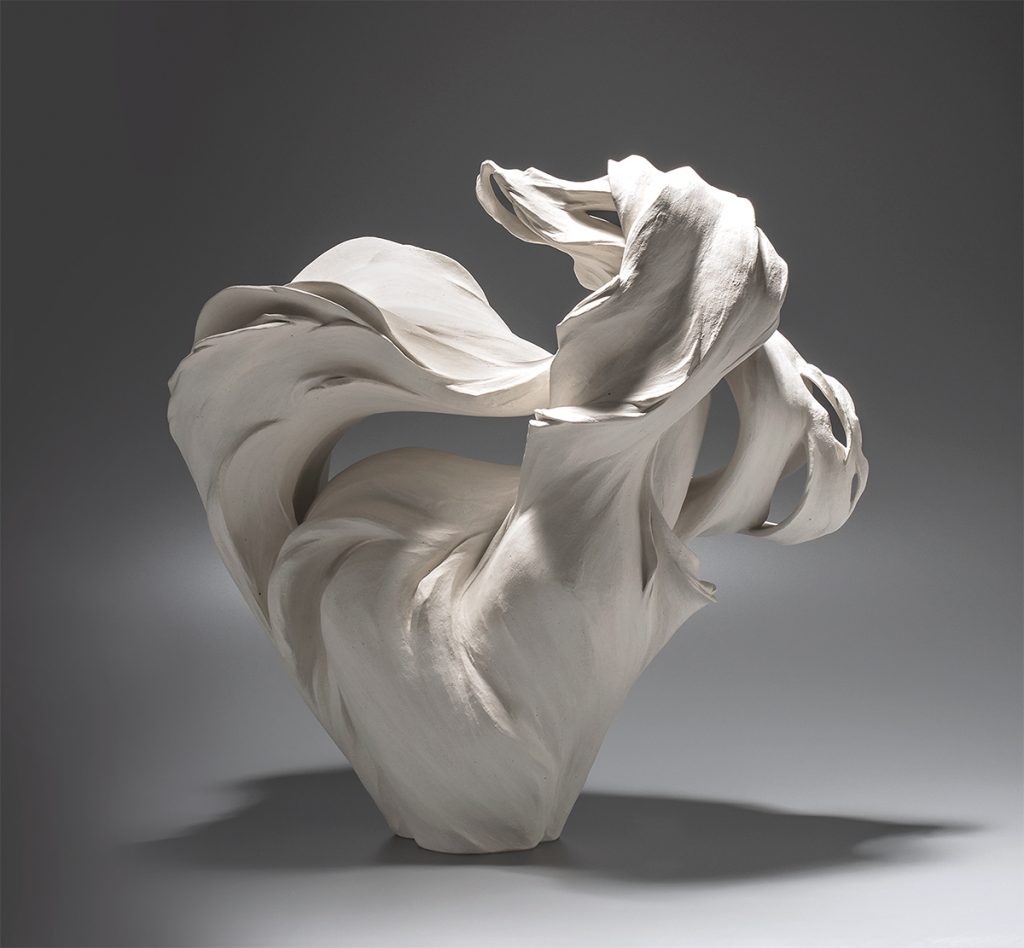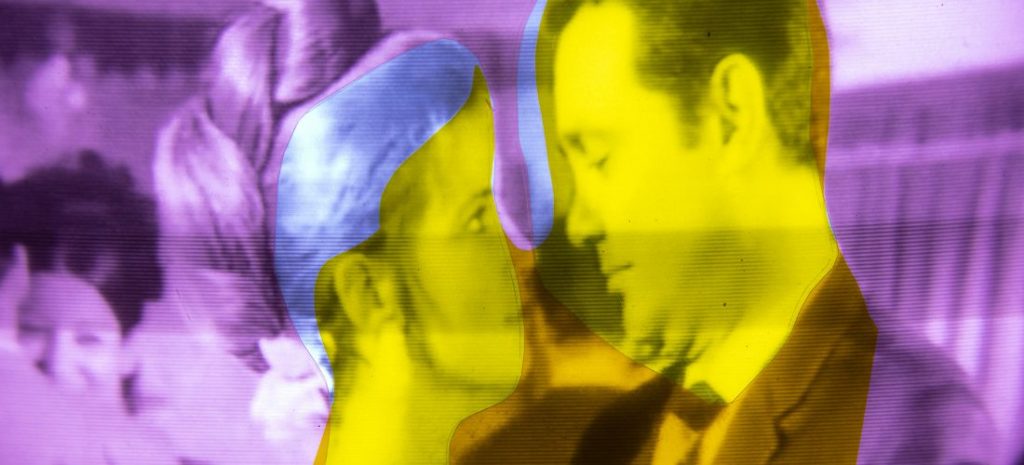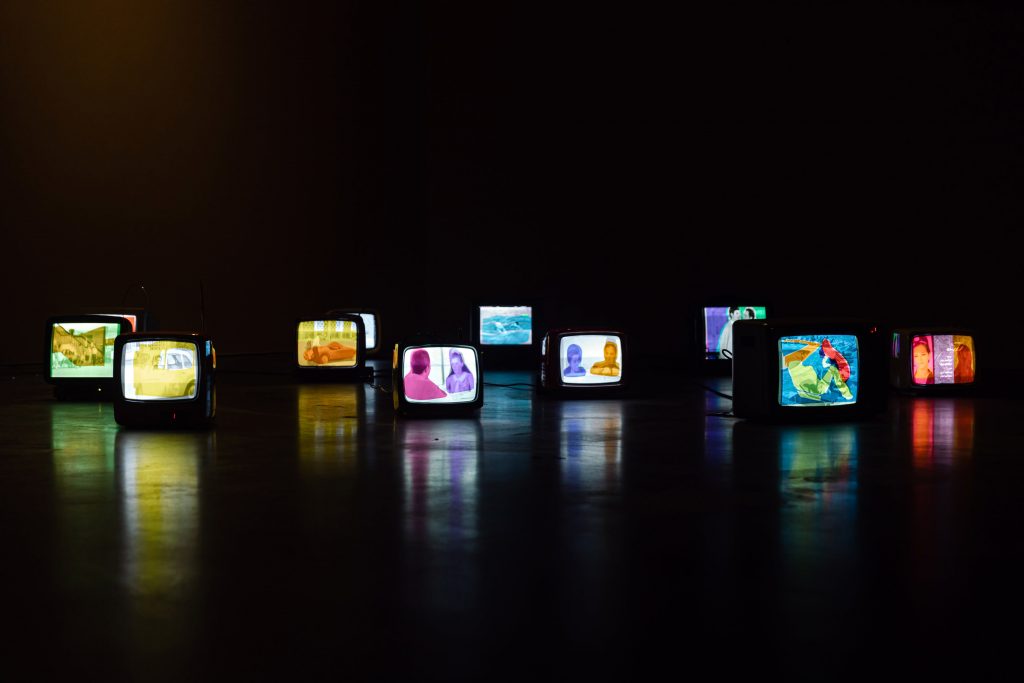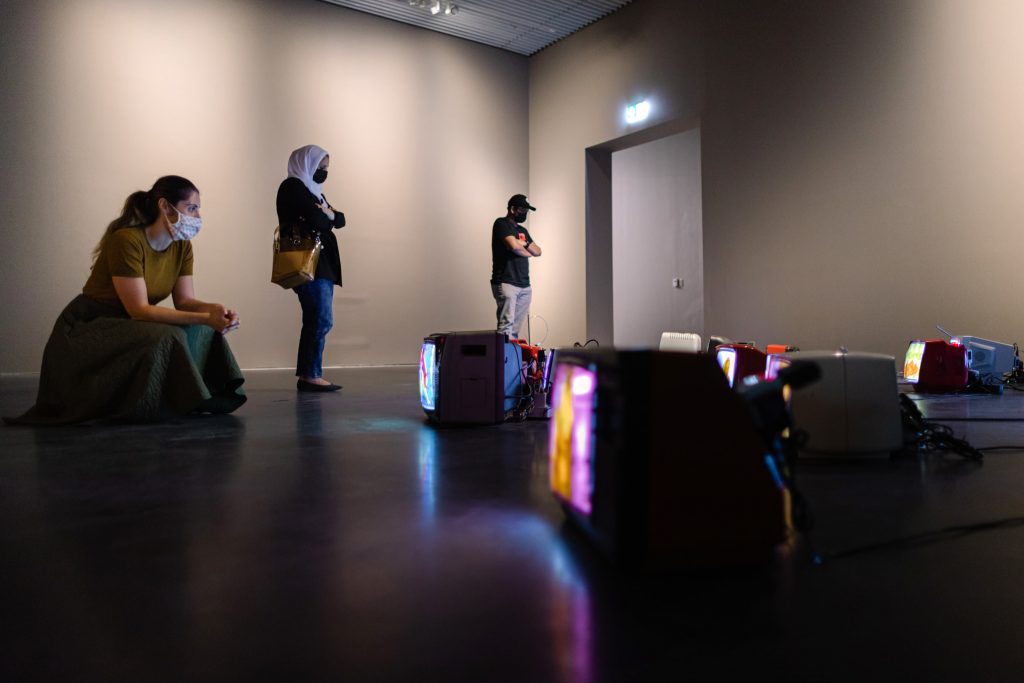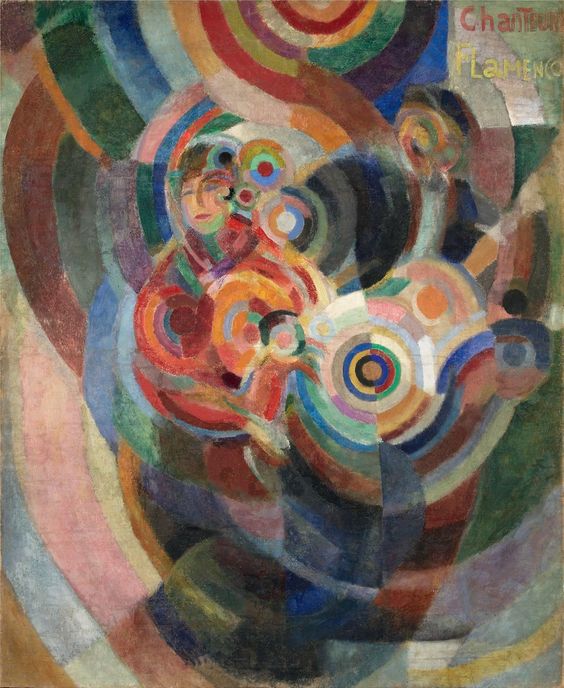For their second Slow Art Day, Sørlandets Kunstmuseum in Kristiansand, Norway, hosted a live slow looking event on Facebook, featuring Else Hagen’s artwork named Veninner (in English: ‘female friends’, alt. ‘girlfriends’).
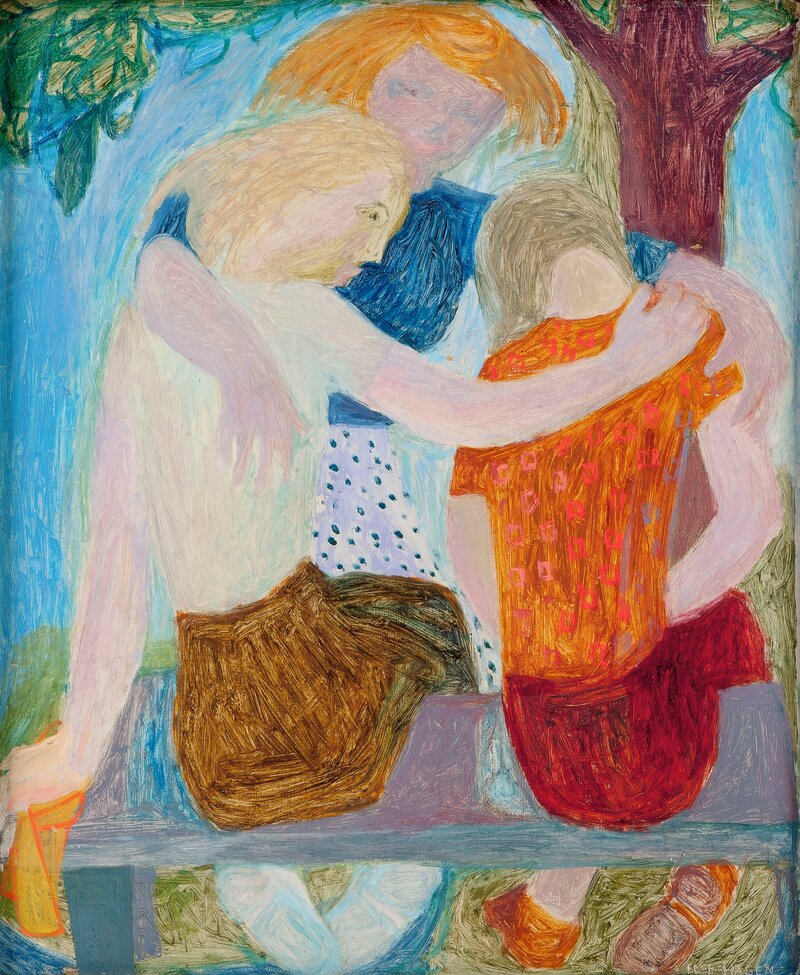
Oil on canvas, 60 x 49,5 cm.
AKO Kunststiftelse/Tangen-samlingen.
©Else Hagen/BONO 2021
On April 10, participants could tune in to the live 30 minute event on the museum’s Facebook page. The session was facilitated by Hanne Aamodt and Karoline Skomedal, respectively head tourguide and tourguide at the museum.
Participants were given an introduction to Slow Art Day, and then invited to observe the painting for seven minutes, using automatic writing as a slow looking tool (automatic writing means writing down words that come to mind without thinking about it). Afterwards, the facilitators shared some of their own thoughts and gave participants a set of prompts to use while studying the painting for seven *more* minutes.
The prompts included:
- What shapes, colors and materials do you see?
- What details do you notice?
- What is going on in the painting?
- Does the artwork remind you of something from your own life?
- If you were at the place depicted in the artwork, what sounds would you hear? What surfaces, smells and temperatures would you feel?
The event was well received, and participants left comments like this after the live session:
“This was a great experience! I recommend it 🧡 Thank you very much!”
Participant’s quote on Facebook
The session was recorded and shared to YouTube. The video is included below for you to watch.
At Slow Art Day HQ, we love the subject of this painting. Friends supporting each other is obviously a relevant theme during the ongoing pandemic, and we appreciate the warmth of this artwork.
If you would like to see more from Sørlandets Kunstmuseum, you can find them on their Facebook and Instagram pages.
We look forward to seeing what the Sørlandets Kunstmuseum has in store for Slow Art Day 2022.
Johanna, Jessica, Ashley, and Phyl


